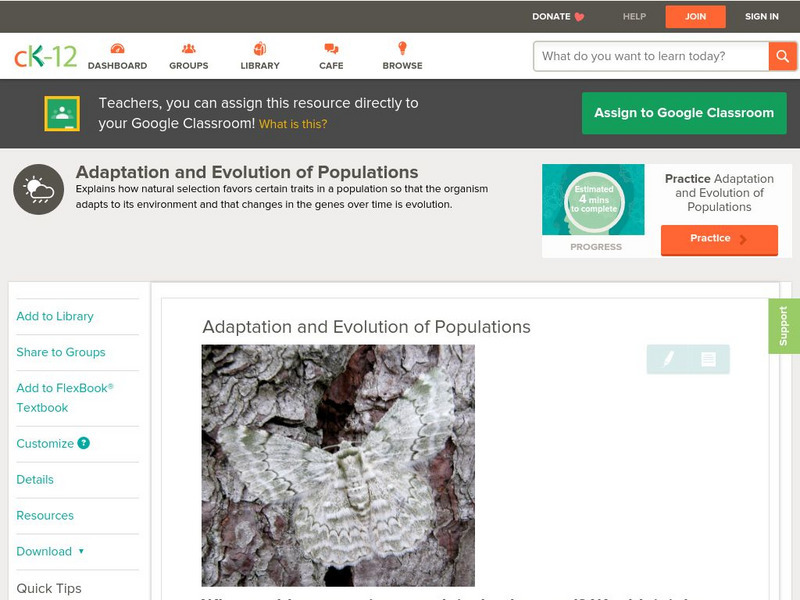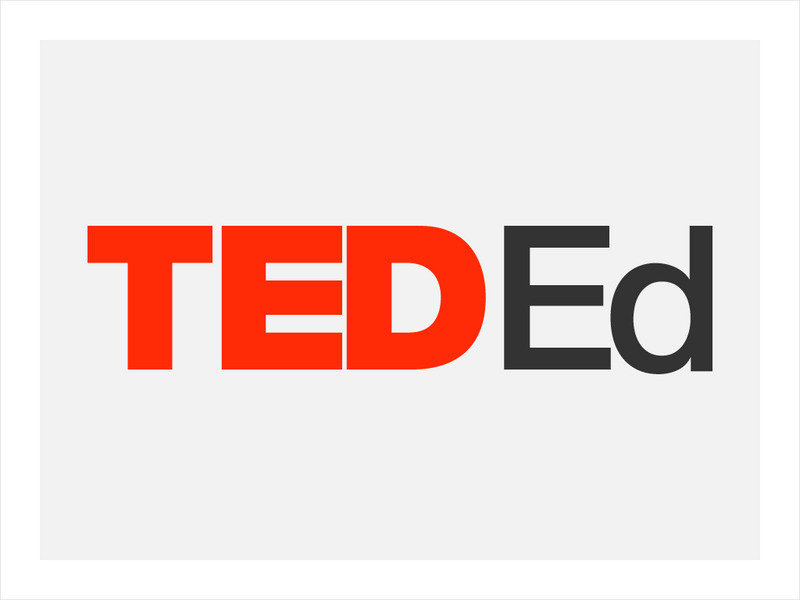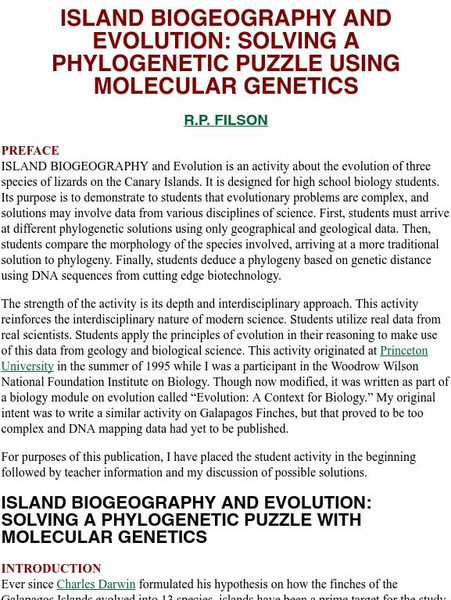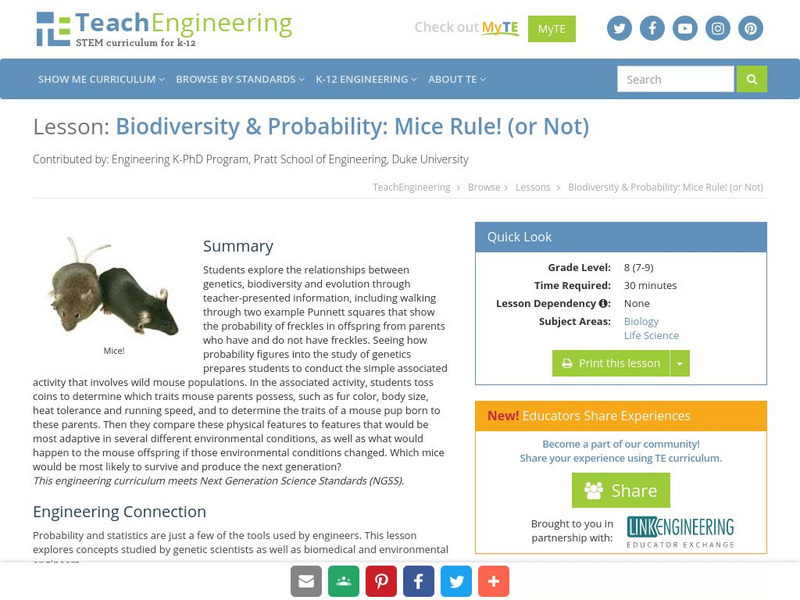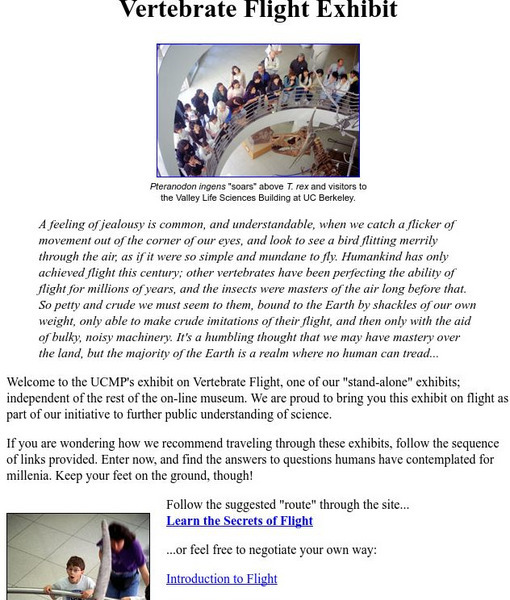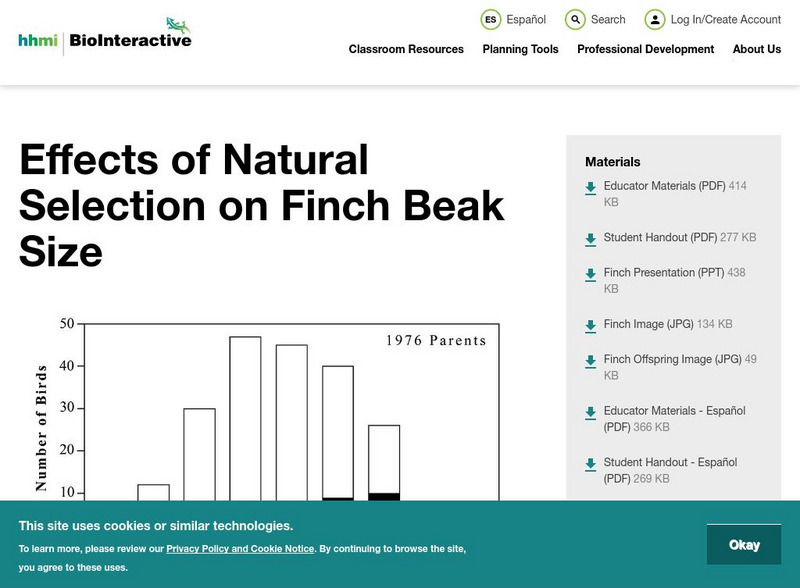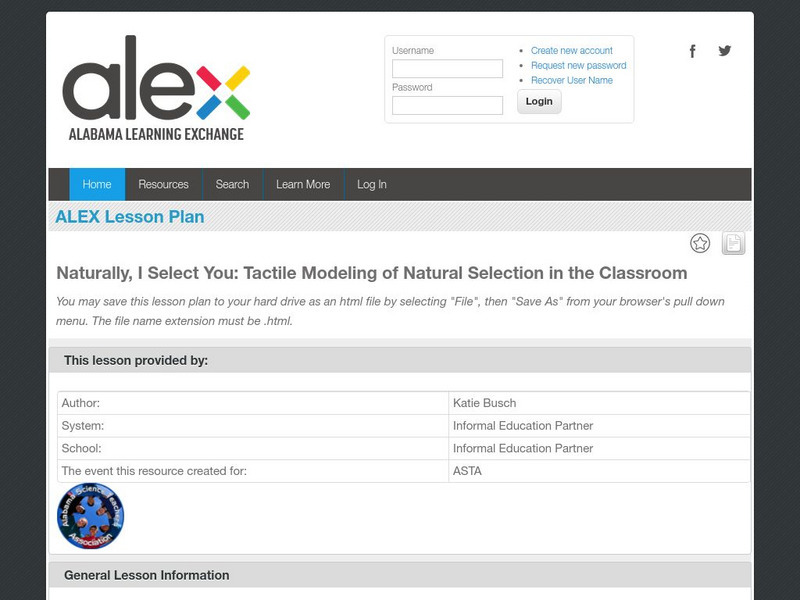CK-12 Foundation
Ck 12: Earth Science: Adaptation and Evolution of Populations
[Free Registration/Login may be required to access all resource tools.] Explains how natural selection favors certain traits in a population so that the organism adapts to its environment, and that changes in the genes over time cause...
CK-12 Foundation
Ck 12: Earth Science: Adaptation and Evolution of Populations
Overview of the basic concepts behind evolution, such as gene variation and adaptations.[Free Registration/Login may be required to access all resource tools.]
PBS
Pbs Learning Media: Adaptive Radiation: Darwin's Finches
Finches on the Galapagos Islands have evolved to exploit almost every possible niche. This diagram shows the range of food sources available on the island and the different beak shapes adapted to exploit each of them. Includes background...
Other
University of Montana: Teach Evolution and Make It Relevant
A description of the process of evolution explaining the Hardy-Weinberg Principle and the mechanisms that cause it. Also the website contains links for lessons on simulation of the natural selection process in the classroom and how the...
PBS
Pbs Learning Media: Shape of Trees: The Frustration Principle
This series of images shows the work of biologist Karl Niklas on the adaptations and evolution of plants. From The Evolutionary Biology of Plants.
TED Talks
Ted: Ted Ed: Can Wildlife Adapt to Climate Change?
With rising temperatures and seas, massive droughts, and changing landscapes, successfully adapting to climate change is increasingly important. For humans, this can mean using technology to find solutions. But for some plants and...
The History Cat
The History Cat: Charles Darwin & the Theory of Evolution
Outlines the events of Charles Darwin's own evolution into a scientist and how he developed his Theory of Evolution. Also discusses the immense resistance to his ideas that he faced from all fronts. Even today, many people refuse to...
University of California
Ucmp: Island Biogeography and Evolution
This is a lesson designed by a biology teacher. In it, students use maps and evidence of island age, molecular genetics, morphology, and distance apart to determine how the islands came to be occupied by different species of lizards. It...
Concord Consortium
Concord Consortium: Evolution: Variations and Adaptations
Students discover that variation in plants allows some varieties to survive in near-drought conditions. Next, students learn that different types of rabbits prefer to eat different varieties of plants. Students make the connection...
TeachEngineering
Teach Engineering: Mice Rule! (Or Not)
Students explore the relationships between genetics, biodiversity, and evolution through a simple activity involving hypothetical wild mouse populations. First, students toss coins to determine what traits a set of mouse parents...
Estrella Mountain Community College
Maricopa Community College: Nonvascular Plants and Nonseed Vascular Plants
Very detailed outline describing several aspects of plant diversity, including vascular vs. nonvascular, evolutionary adaptations, homosporous and heterosporous life cycles, and specific information on some ancient species (Lycophytes,...
PBS
Pbs Learning Media: Mammals Get Their Chance
In this video segment adapted from NOVA, animations of an asteroid hitting Earth are used to illustrate this widely accepted theory of dinosaur extinction and the resulting conditions that favored mammals.
PBS
Pbs: Biogeography Polar Bears and Penguins
From the Evidence for Evolution Library at PBS, this is a short article about biogeography. The distribution of animals is one source of evidence for Darwin's descent with modification.
University of California
Ucmp: Entrance to the Vertebrate Flight Exhibit
This University of California Berkeley page provides information on the evolution of vertebrate flight and includes links to the following topics: Introduction to Flight, The Physics of Flight, Gliders and Parachuters, The Evolution of...
TeachEngineering
Teach Engineering: The Benefits of Biodiversity
First, students toss coins to determine what traits a set of mouse parents possess, such as fur color, body size, heat tolerance, and running speed. Next they use coin tossing to determine the traits a mouse pup born to these parents...
John F. Kennedy Center
The Kennedy Center: Musical Harlem
The Kennedy Center's ArtsEdge offers a great unit for introducing jazz to young scholars. Its use of Harlem as the "glue" which binds together elements such as jazz history and jazz terminology, makes it particularly effective for the...
Howard Hughes Medical Institute
Hhmi: Bio Interactive: Effects of Natural Selection on Finch Beak Size
In this activity, students examine research on finches on the island of Daphne Major in the Galapagos Islands. The depth of the finches' beaks was measured before and after a drought. This data is displayed in graphs and students are...
Estrella Mountain Community College
Estrella Mountian College: Introduction to Genetics
This site explains genetic beliefs before and after Mendel, and also includes a section on Mendel himself and his experiments, entitled, "The Monk and his Peas".
Estrella Mountain Community College
Online Biology Book: Biodiversity: Nonvascular & Nonseed Vascular Plants
Photographs, informative tables, and illustrated diagrams help explain the diversity of the plant kingdom in this college-level textbook.
Biology Corner
Biology Corner: Peppered Moths Simulation
This simulation allows students to take on the role of a bird and eat different types of peppered moths. Students analyze which types of peppered moths do better in various environments.
San Diego Zoo Global
San Diego Zoo: Birds
This resource provides detailed information about birds, as well as several pictures.
Alabama Learning Exchange
Alex: Naturally, I Select You: Tactile Modeling of Natural Selection
In this simulation lesson, students investigate the role of natural selection and survival within a frog population living in a changing environment. Includes student handouts along with an assessment piece.
TED Talks
Ted: Ted Ed: The Game Changing Amniotic Egg
April Tucker peels back each layer of the amniotic egg, revealing how truly extraordinary this evolutionary marvel is. [4:30]

